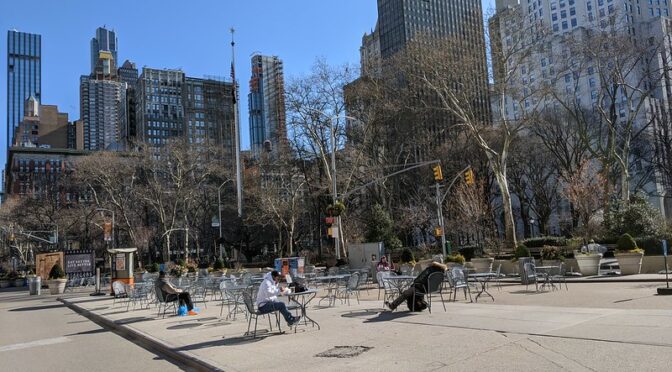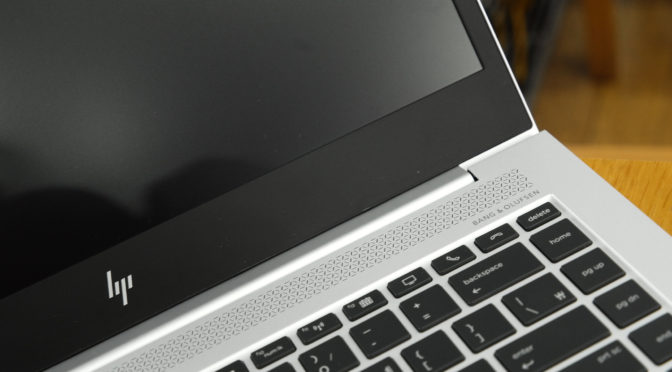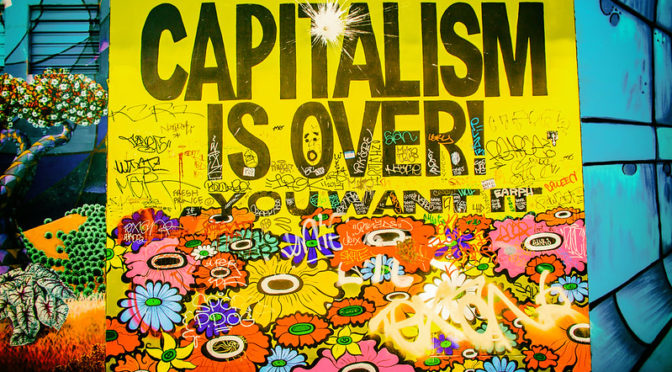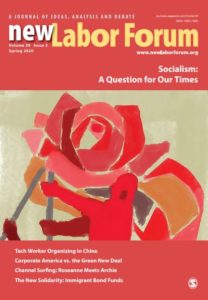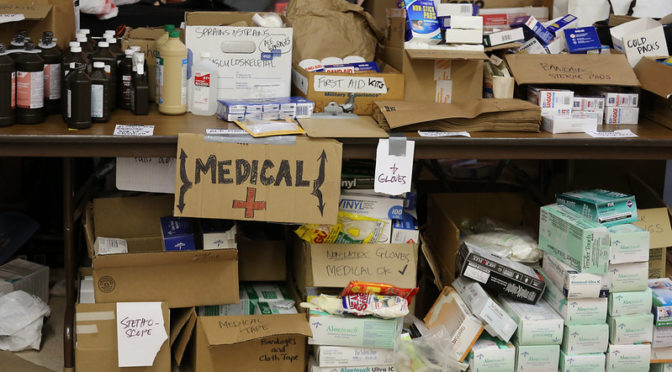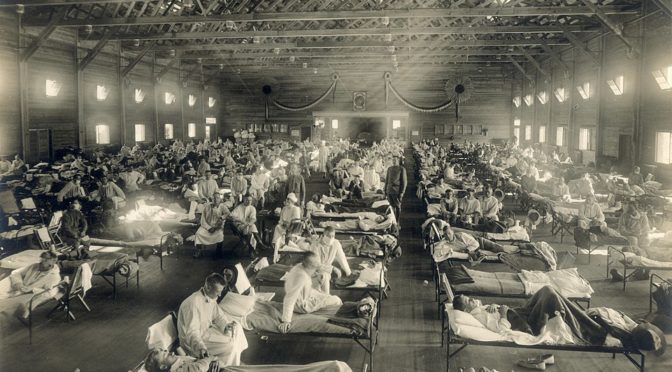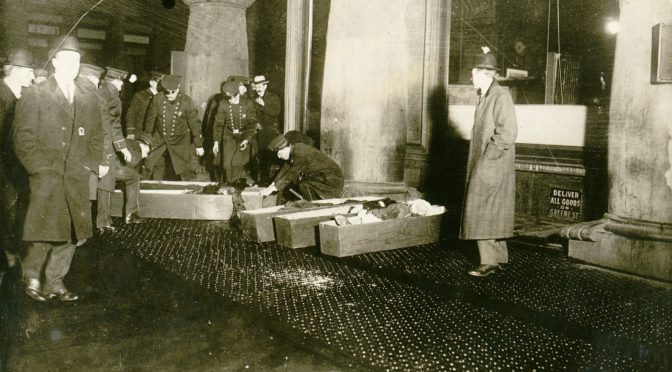Beloved Prof. Josh Freeman ended his teaching career with a labor history course for masters-level students at SLU during a semester unlike any he’d experienced before. Prof. Freeman reflected on his experience teaching — and saying goodbye to teaching — during a global pandemic in a recent post on Tropics of Meta.
My last term teaching was very unusual, to say the least. Scheduled to retire from the City University of New York (CUNY) at the end of the Spring 2020 term, my normal rotation had me teaching a masters-level course in labor history at the School of Labor and Urban Studies (SLU), a course I had taught many times before. It was just a matter of chance that this course came up as my last, but I liked the idea, because when I went to graduate school, nearly a half-century earlier, my aim had been to teach working-class students labor history. It would be completing the circle to end my career doing exactly that. Also, if my last class was at Queens College or the CUNY Graduate Center, where I had done most of my teaching, stopping would seem like a bigger deal, I thought, with more of a need to mark it as an occasion, which I did not want to do.
Just over half the twenty-one students in my labor history course were working-class, a typical SLU mix of public employees and private-sector union activists, mostly female, mostly non-white, mostly middle age. They included members of the Teamsters, AFSCME, UNITE HERE, and a couple of CWA locals. The other students were younger, mostly white, and about evenly male and female. They included one student from the CUNY Law School, one from the Hunter College Urban Policy Program, and a handful from the Union Semester program, which brings young social justice types to New York to intern at a union while taking courses at SLU.
For the first seven weeks, the course seemed routine. The sessions went pretty well and the work was not particularly onerous. Still, nothing happened that made me feel retiring was a mistake.
Everything changed when the Coronavirus epidemic began hitting New York. By the second week in March, things were beginning to shut down. My reading group, set to meet Monday, March 9, cancelled. My family was supposed to do a group cooking class – a present to me from my daughters – two days later, but we cancelled because my older daughter was feeling sick with what, in retrospect, we suspected might have been COVID-19. I had taken my bicycle from the house we rent upstate to the city to be serviced and fretted that the store would close before I could retrieve it.
By the time my class met on Tuesday, March 10, it was clear to me that in-person classes would have to be ended soon. I told my class that evening that we might not be able to meet in person the next week and made sure I had everyone’s correct e-mail address. Within a couple of days, CUNY announced it was moving to distance learning (what pretty-much everyone called online teaching). My wife was still going in to her office by subway, with my daughters and I increasingly anxious about it. That Friday she drove. After some agonizing about where to settle in for the epidemic – mostly about the fear that entrance and exit from the city would be shut down, along the Wuhan model, separating us from our children – we decided to go upstate. Friday night we had dinner at a favorite neighborhood restaurant, figuring that it probably would be the last time we ate out for a while. Rules had been announced that restaurants were supposed to distance diners and fill only to half capacity, but the place was pretty crowded. Saturday morning we packed up a lot of stuff and drove upstate. My wife had a meeting scheduled for the following Tuesday, which she felt she had to go to, so we thought we might come back soon for a couple of days. As it happened, we did not return to the city for two months, and then only briefly.
…continue reading at Tropic of Meta.

